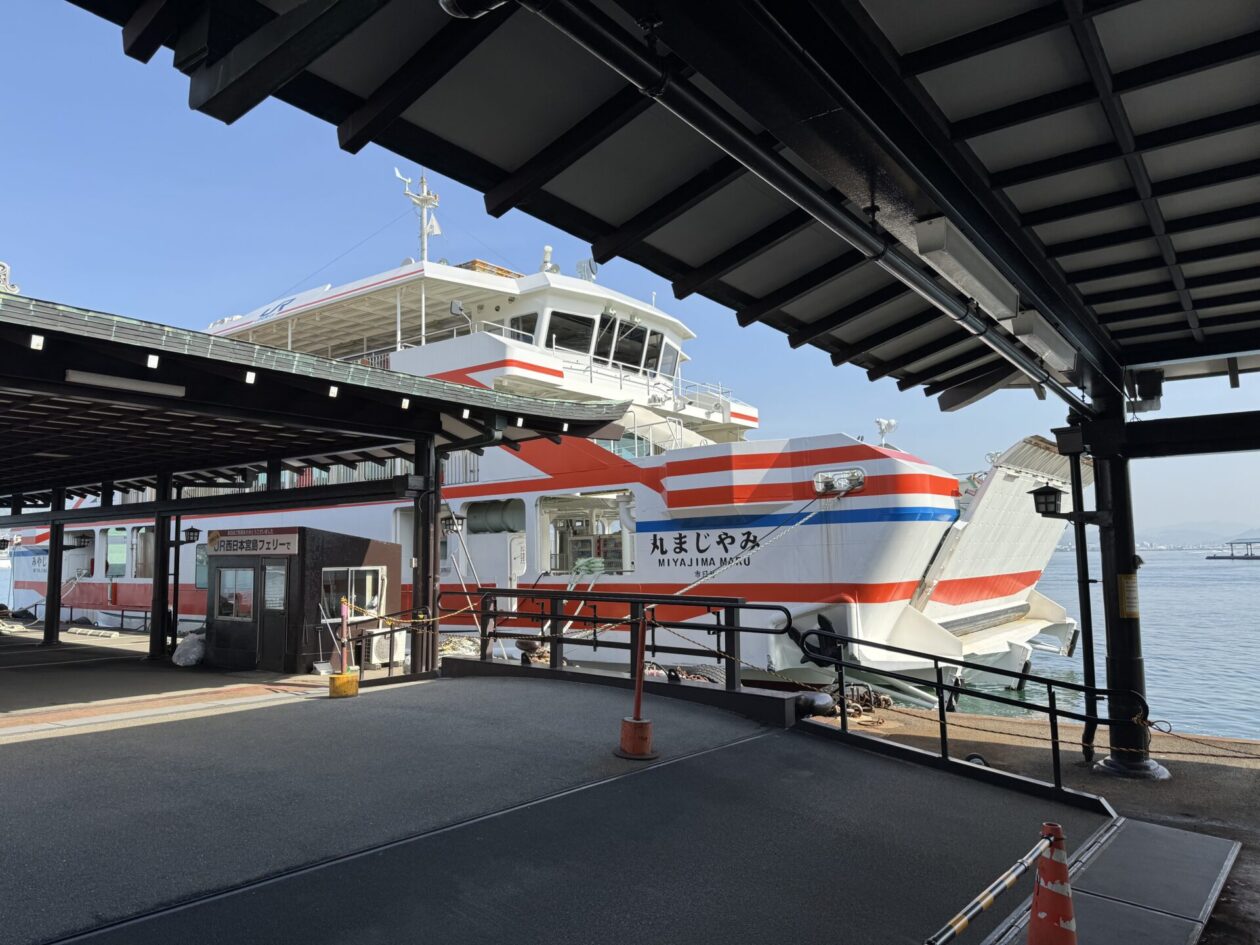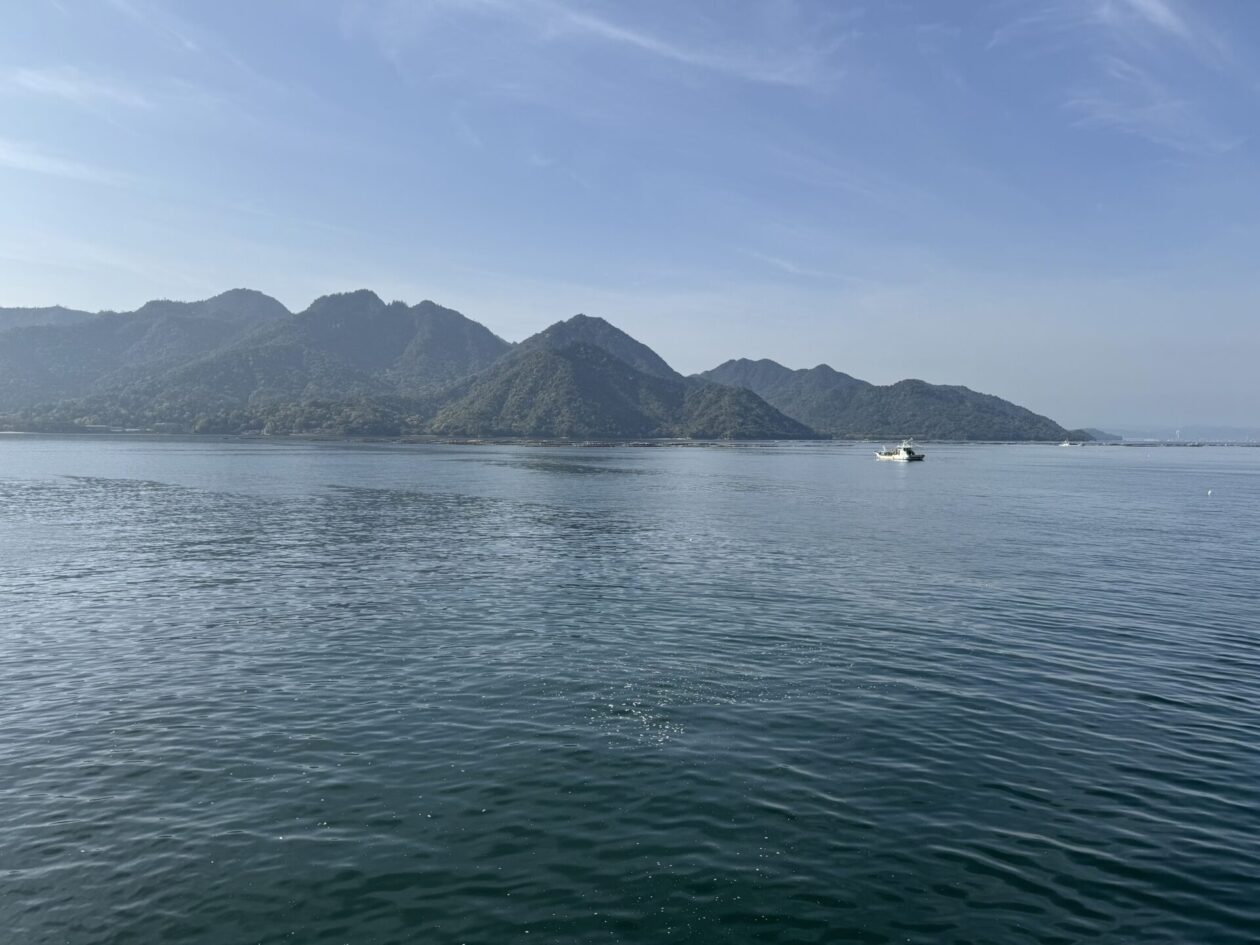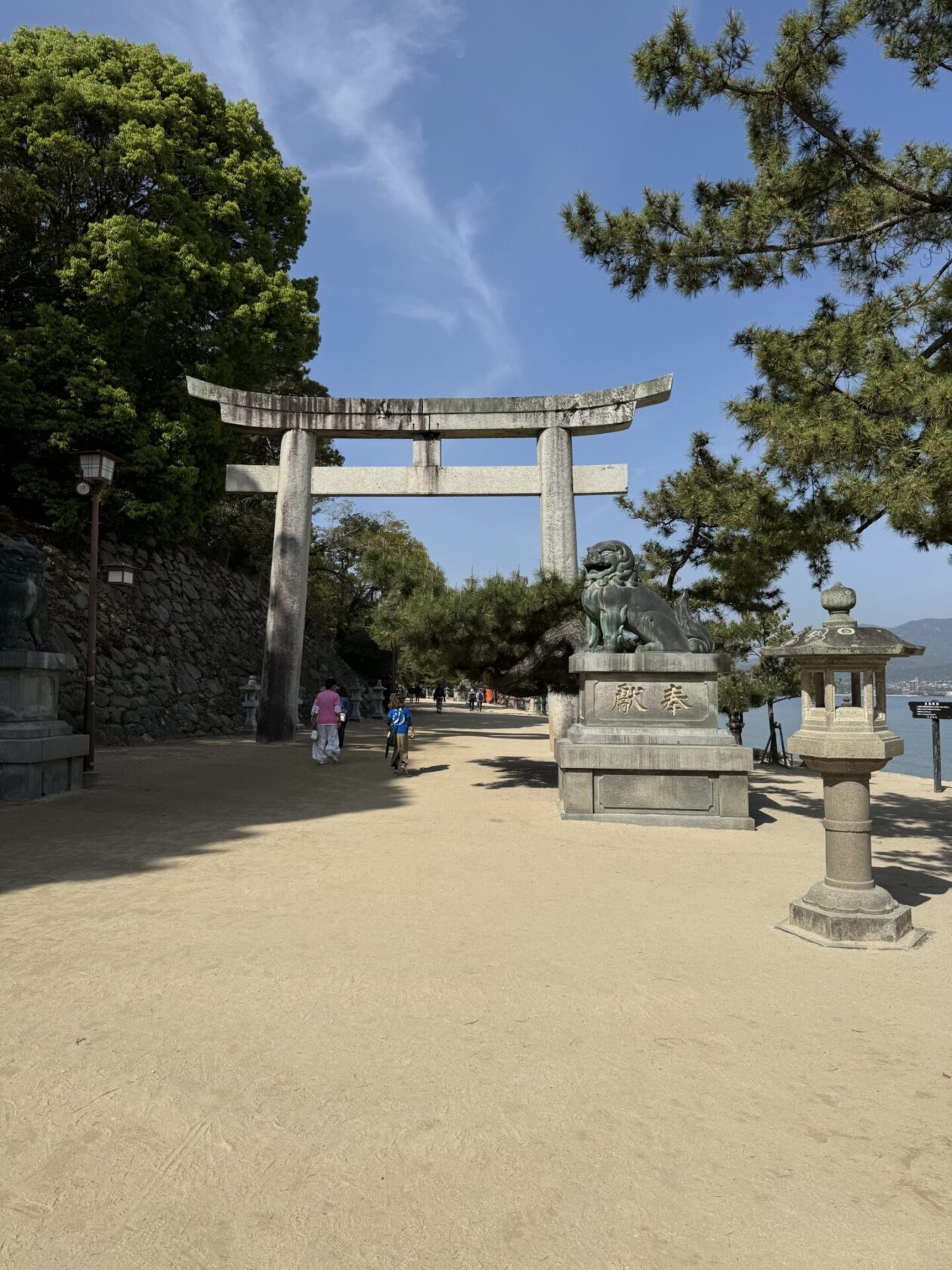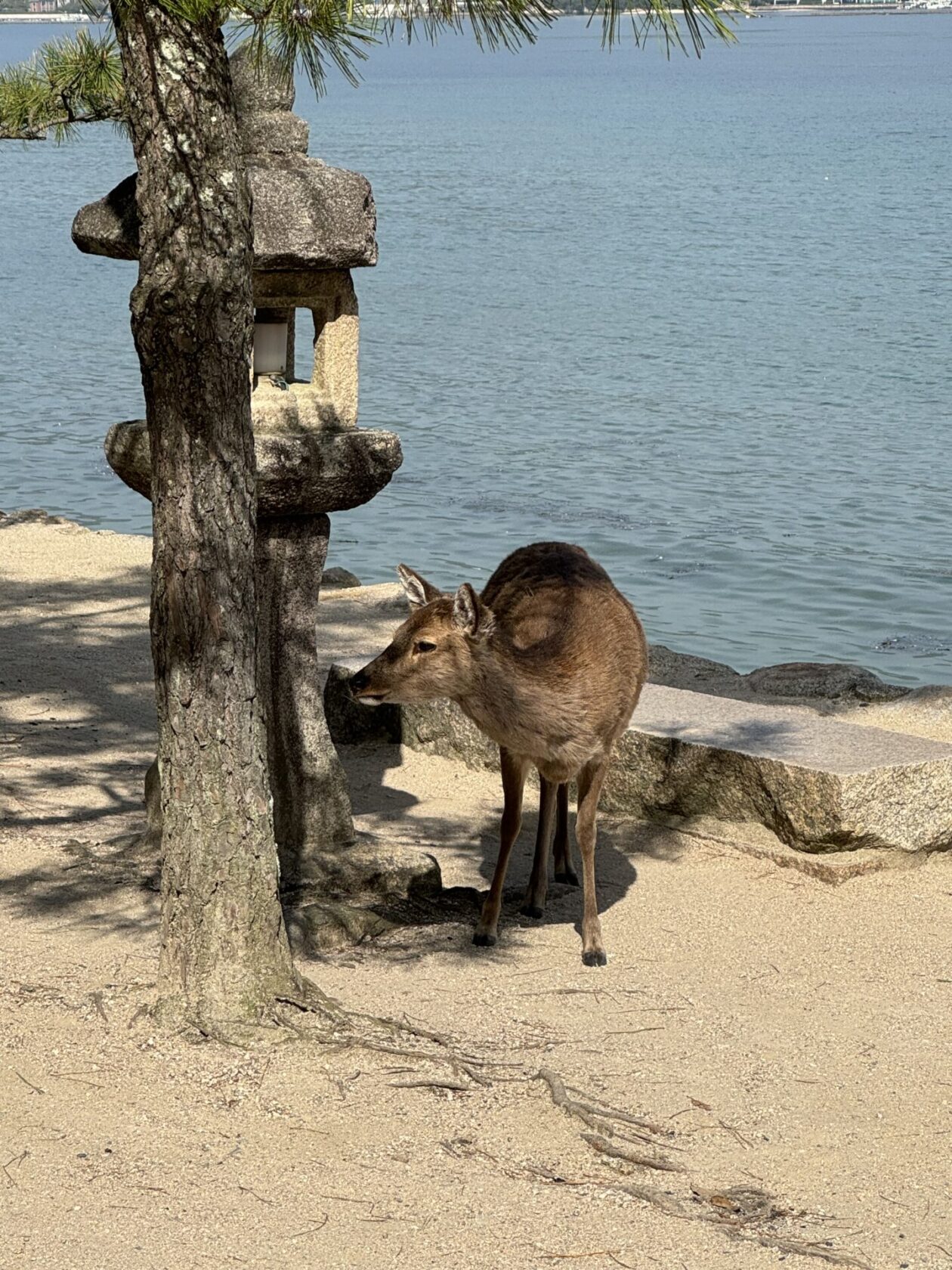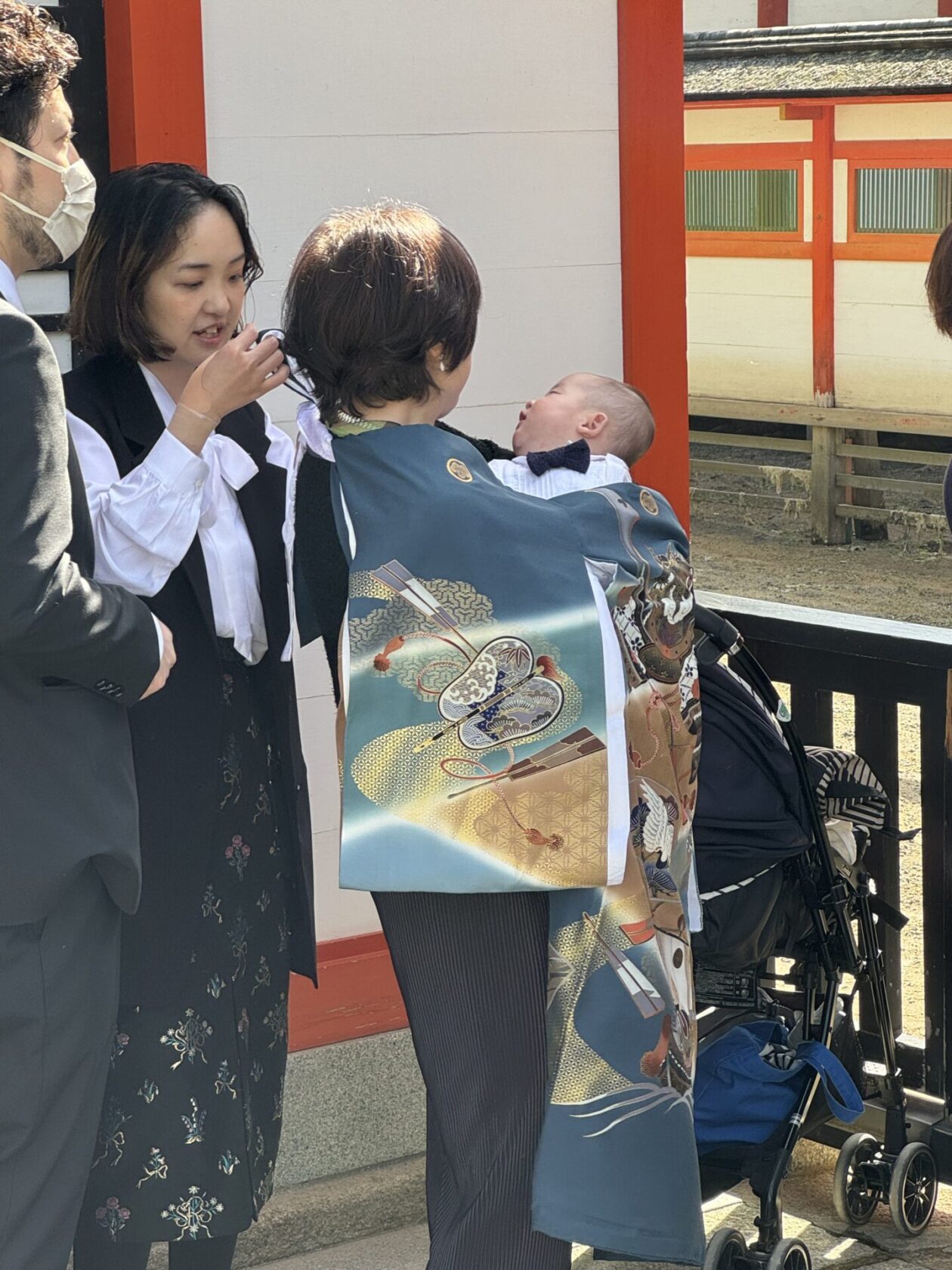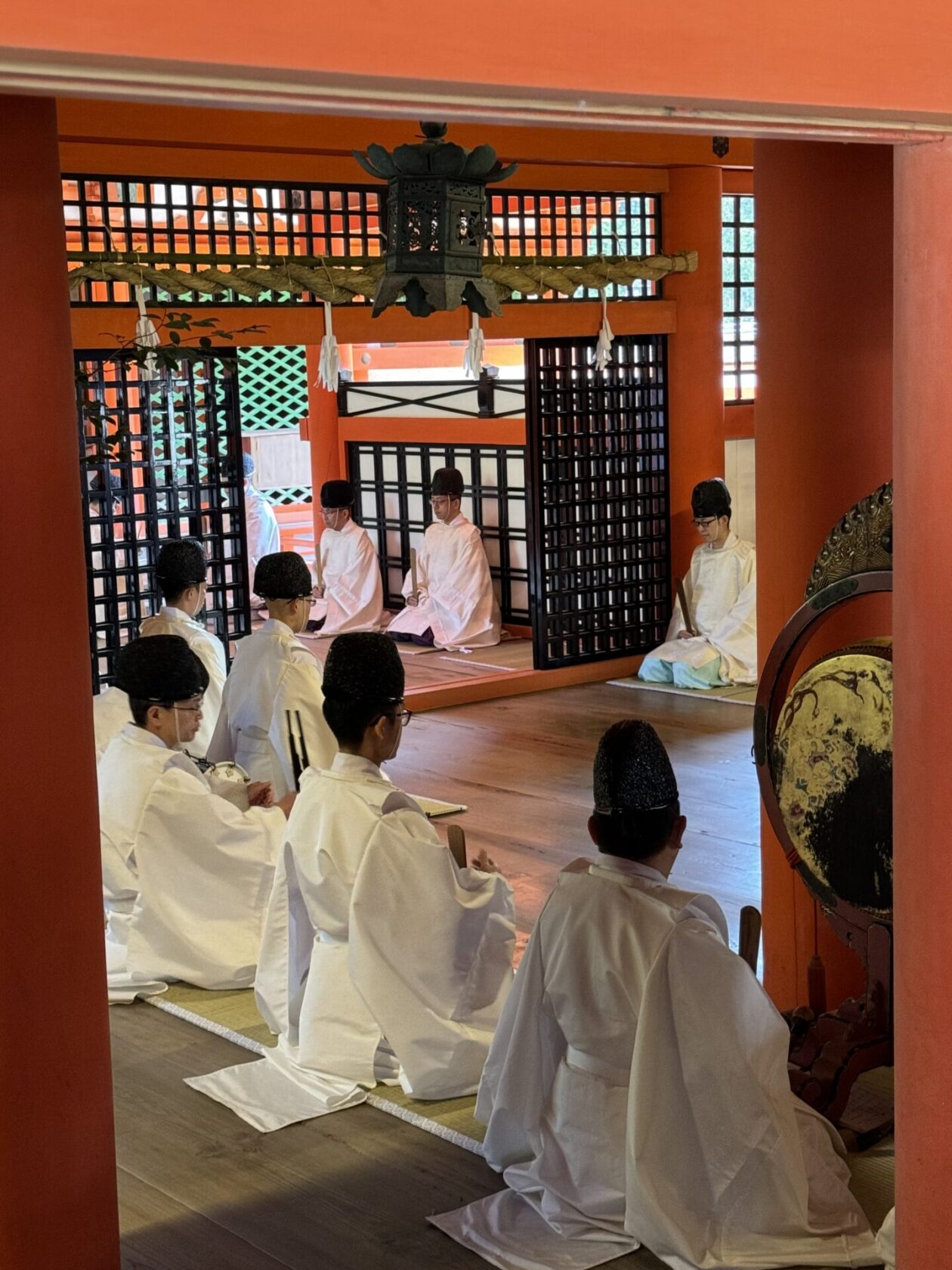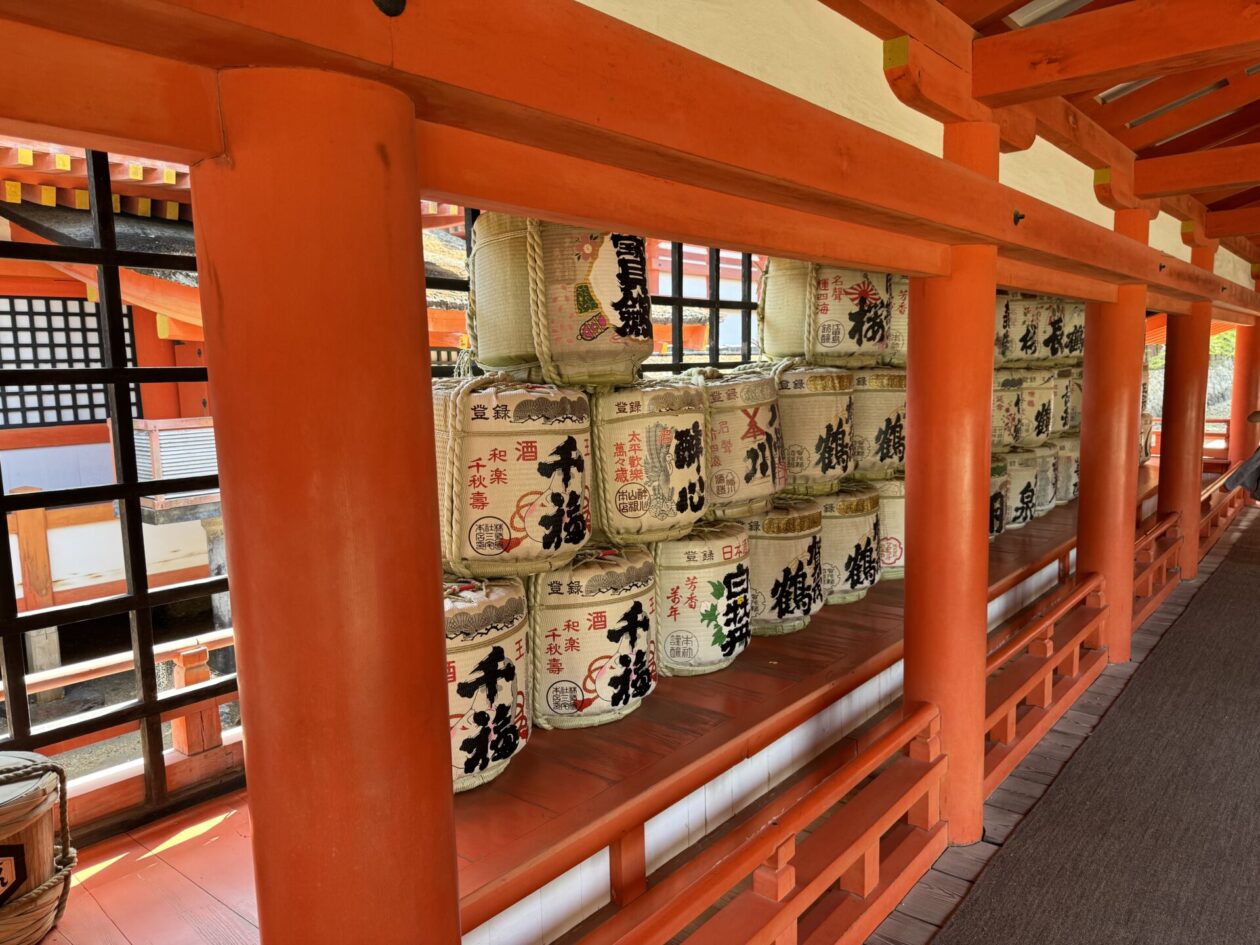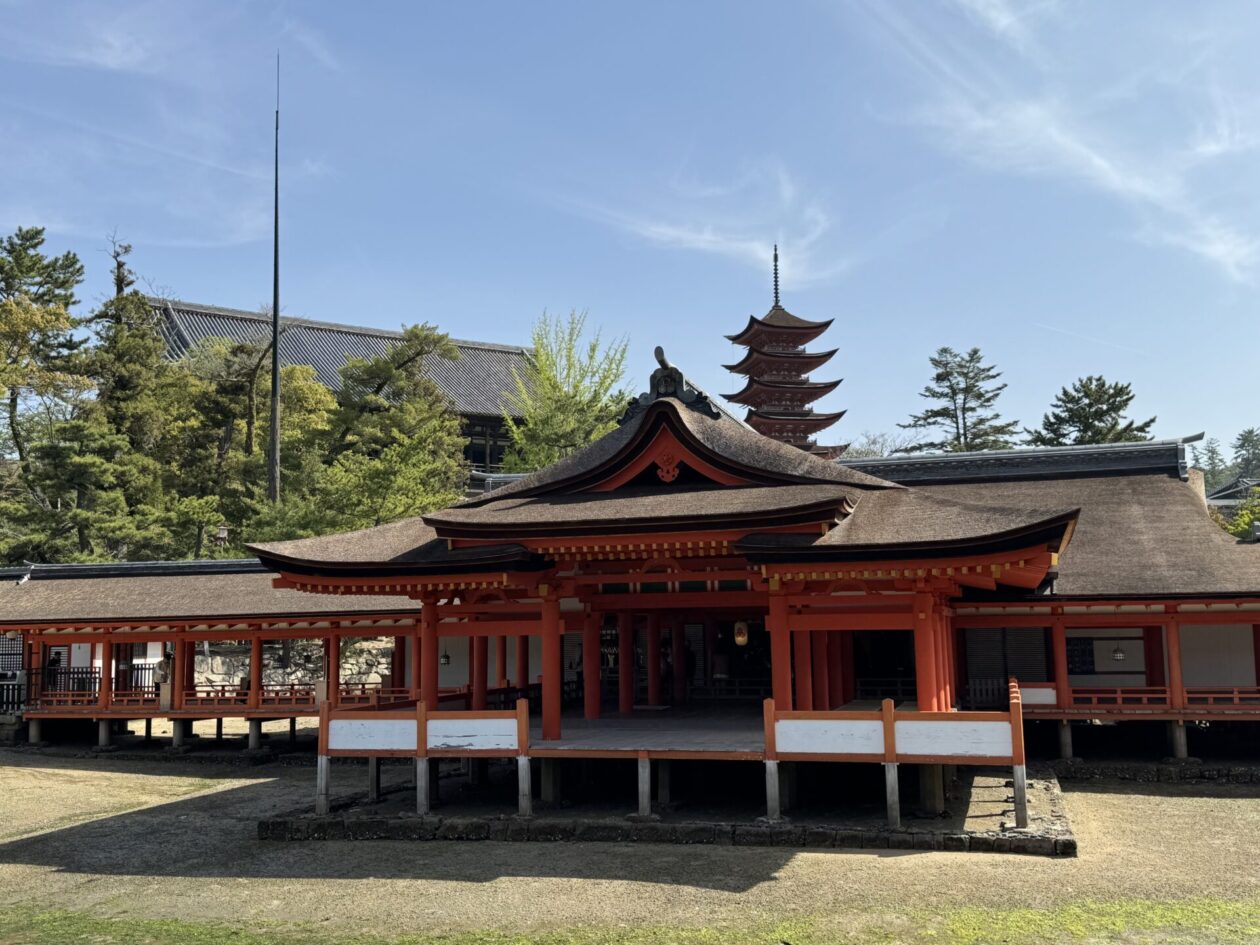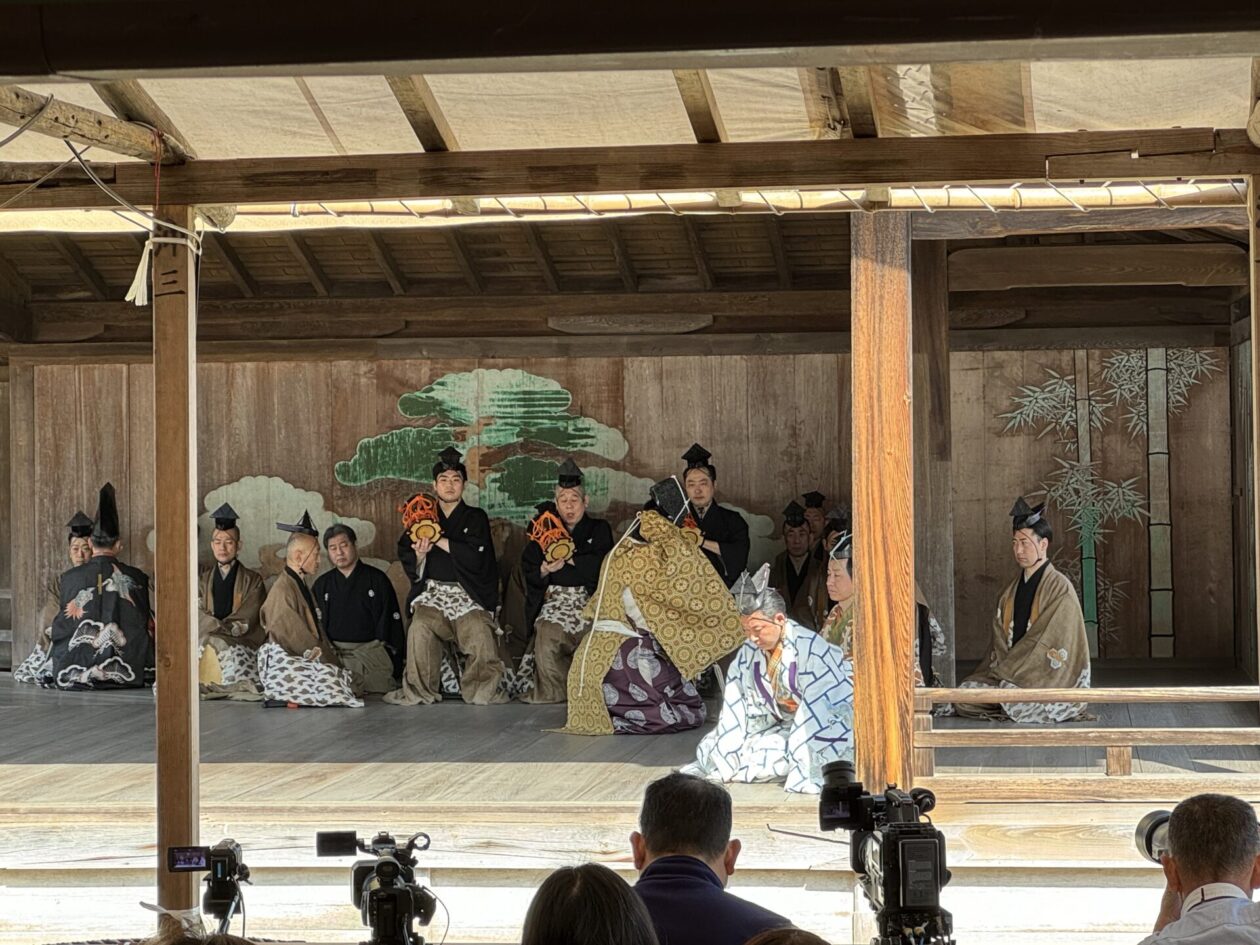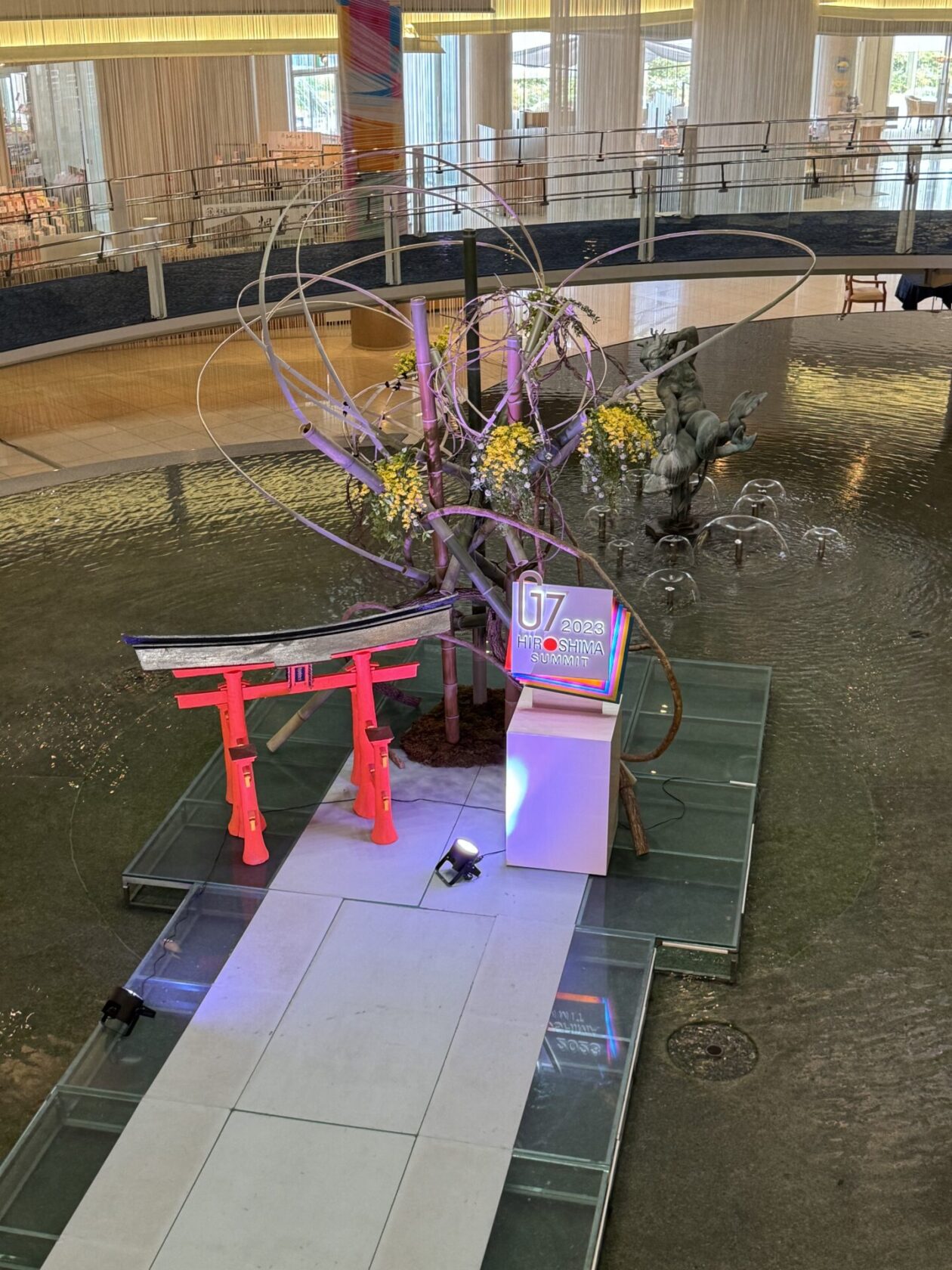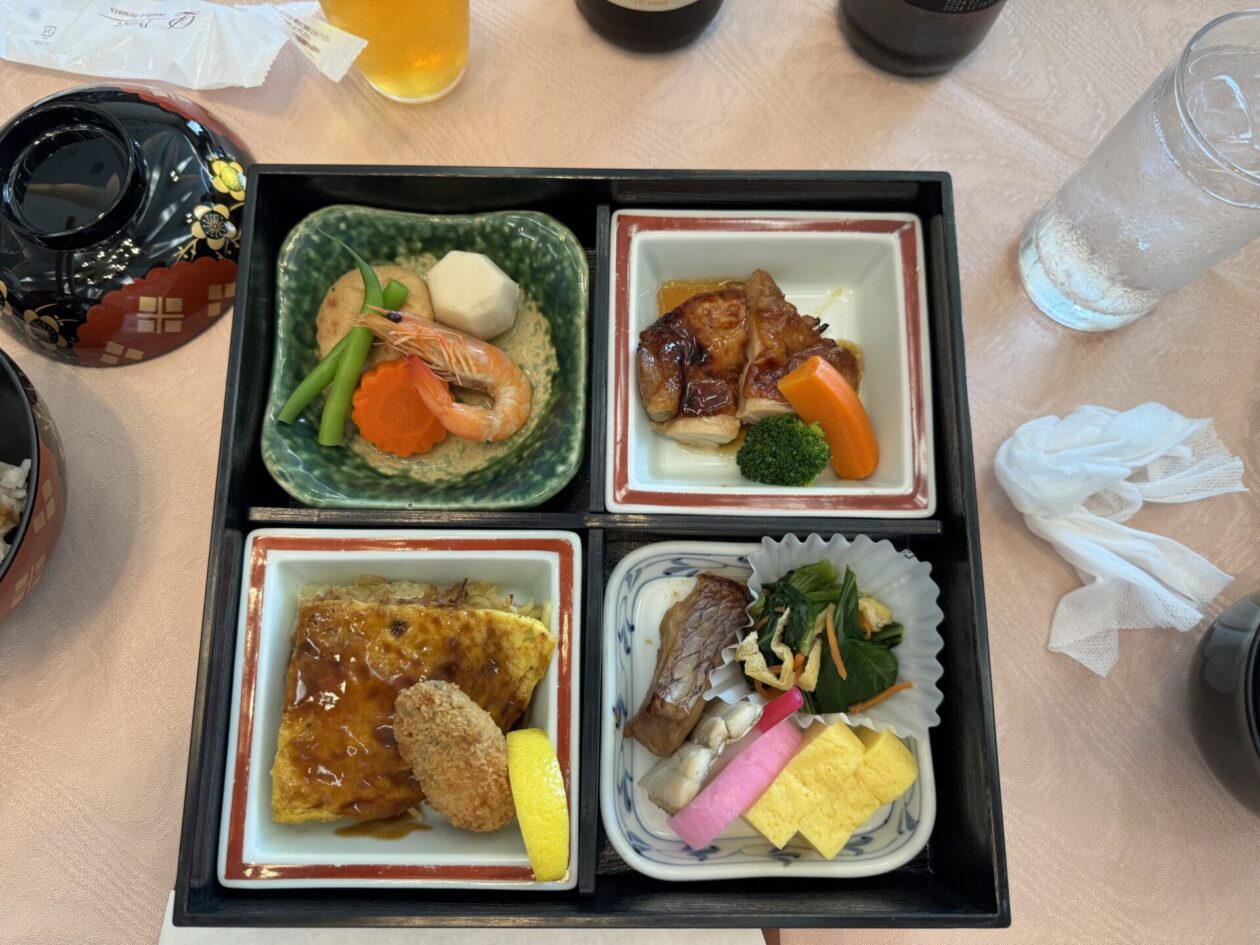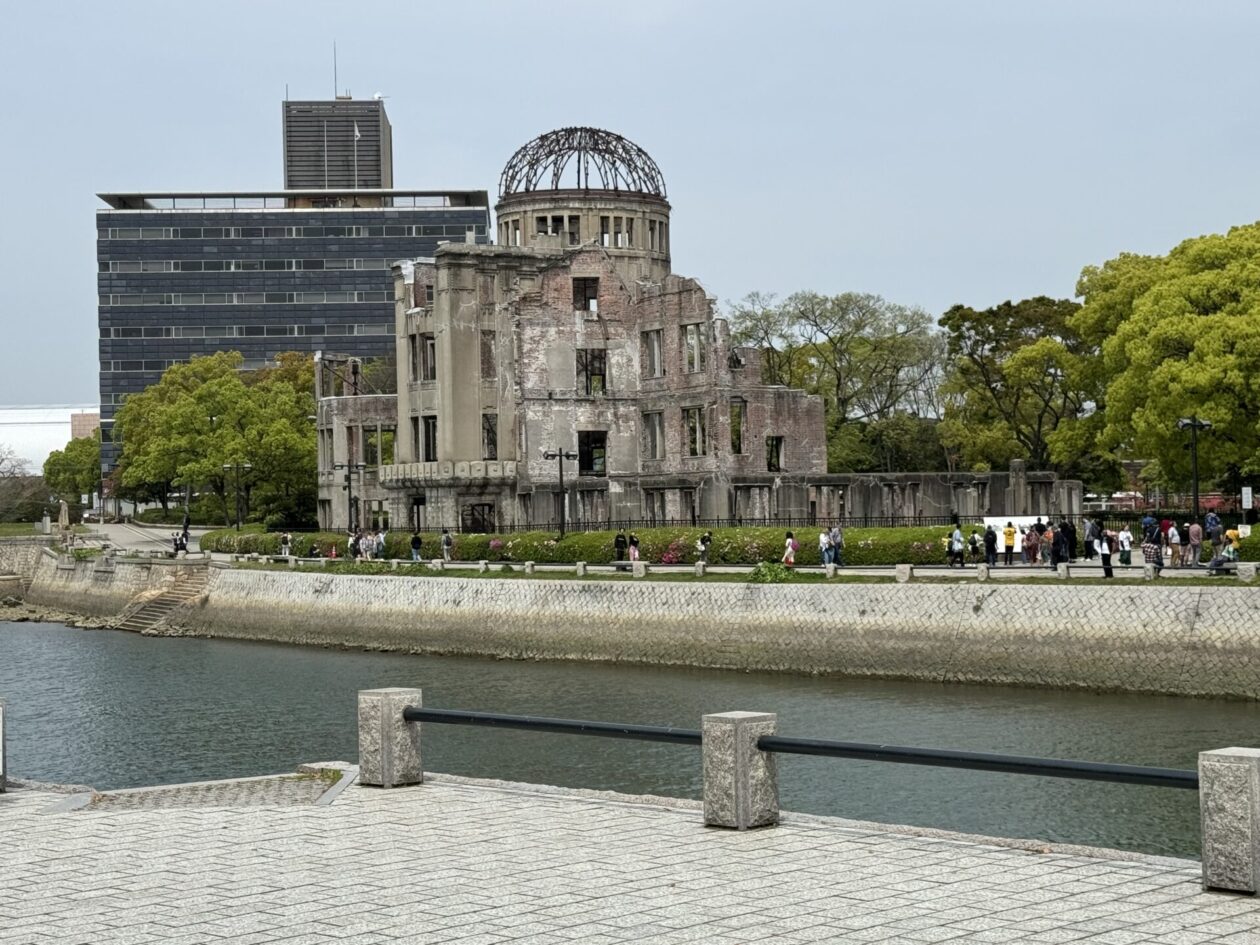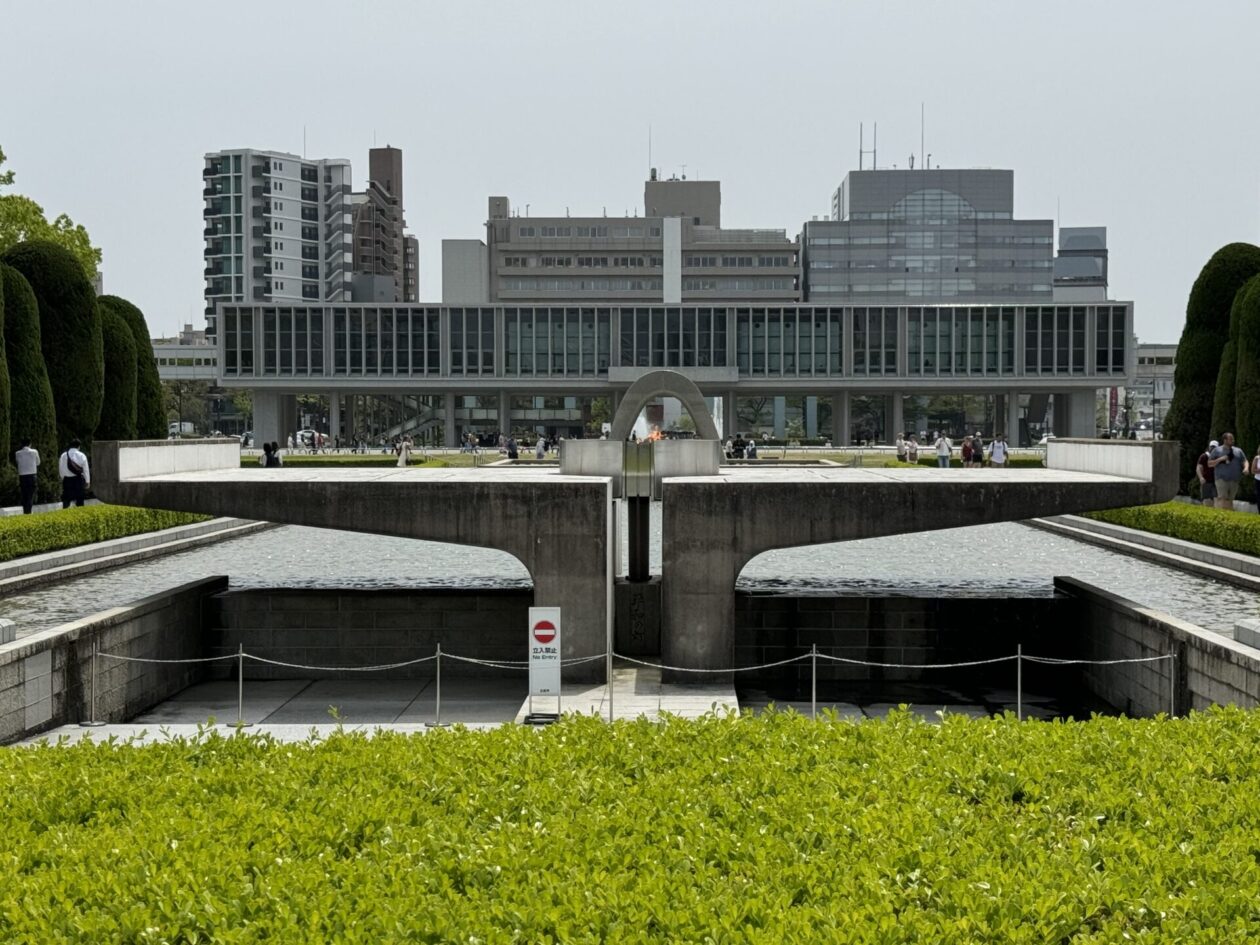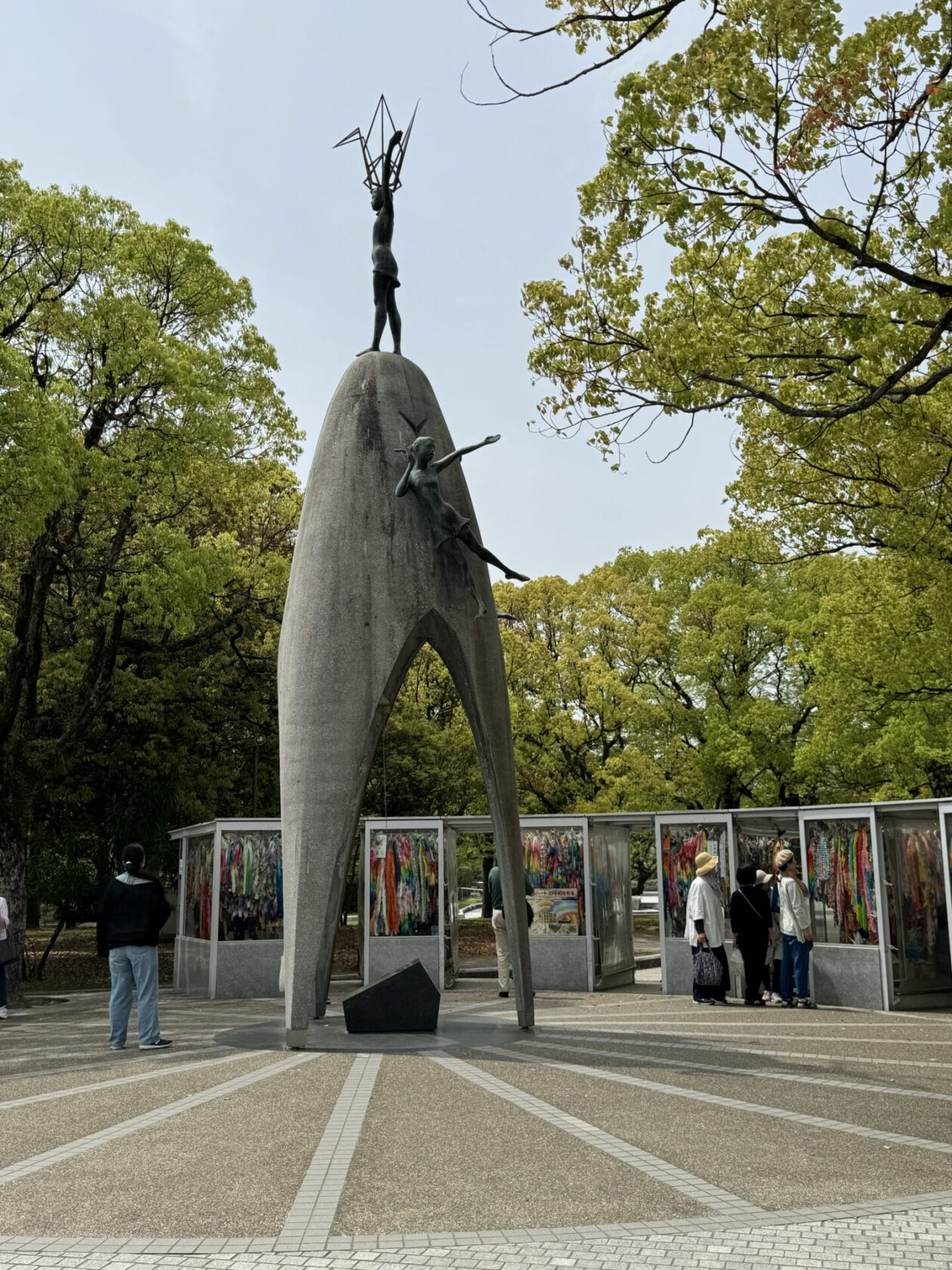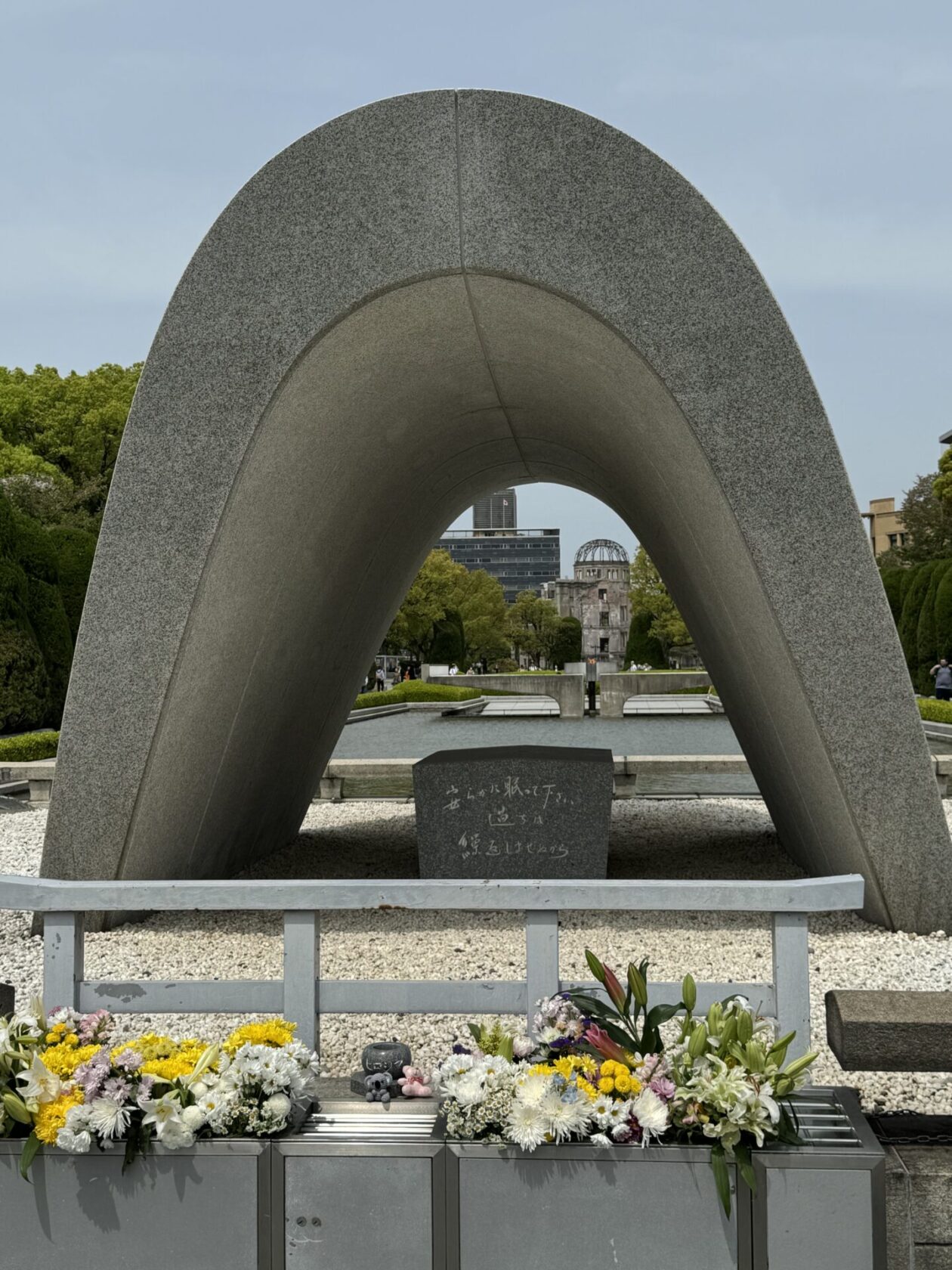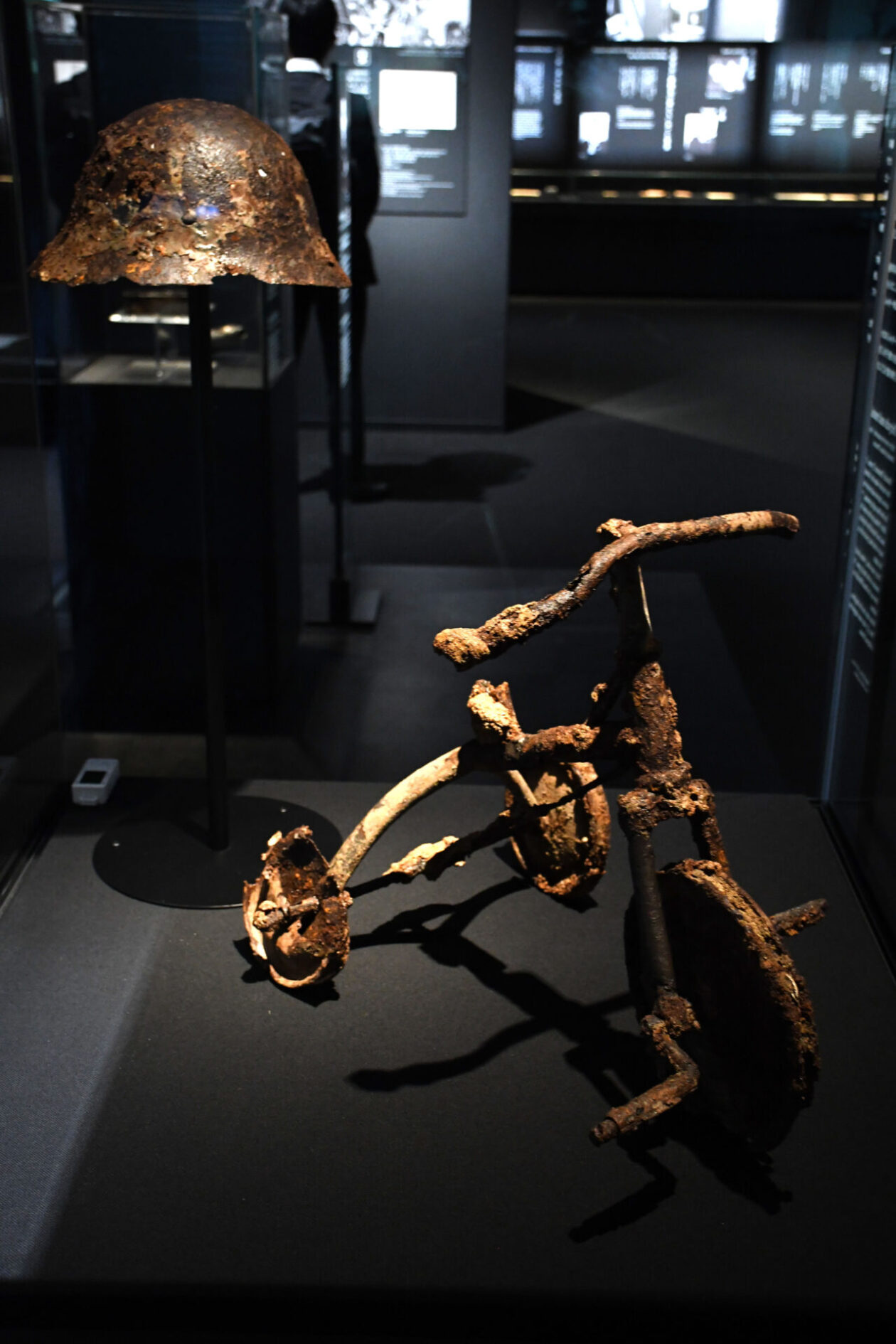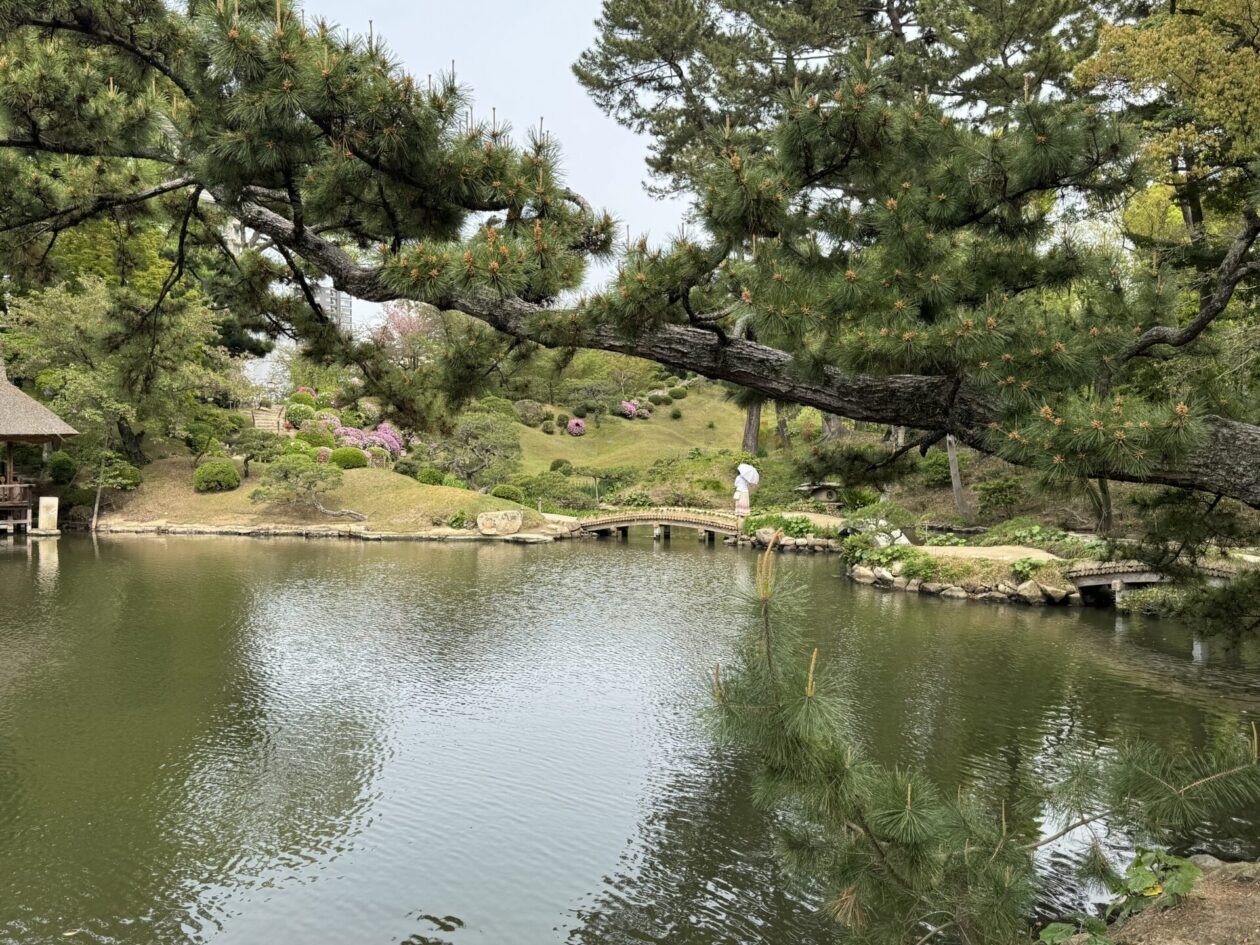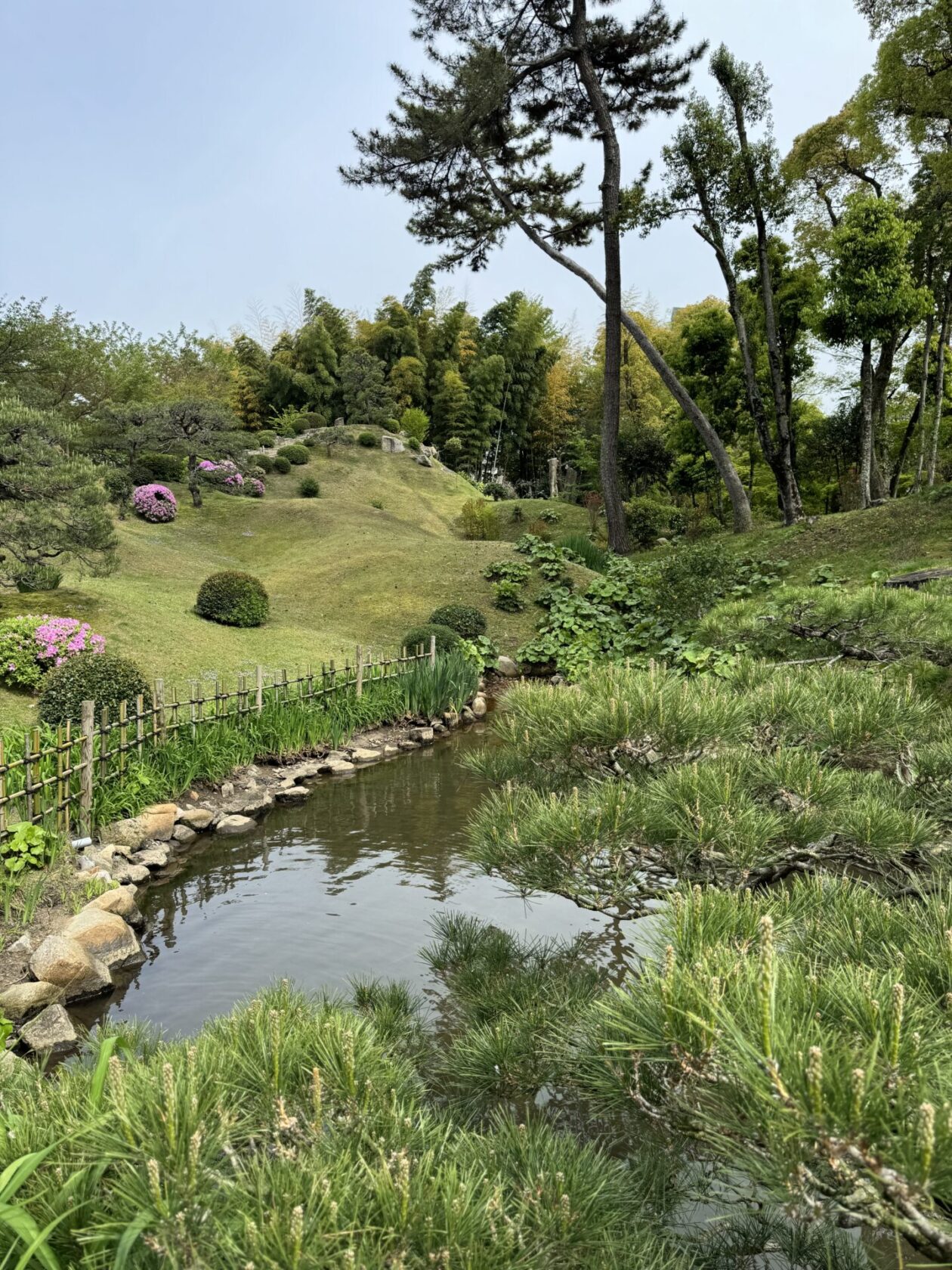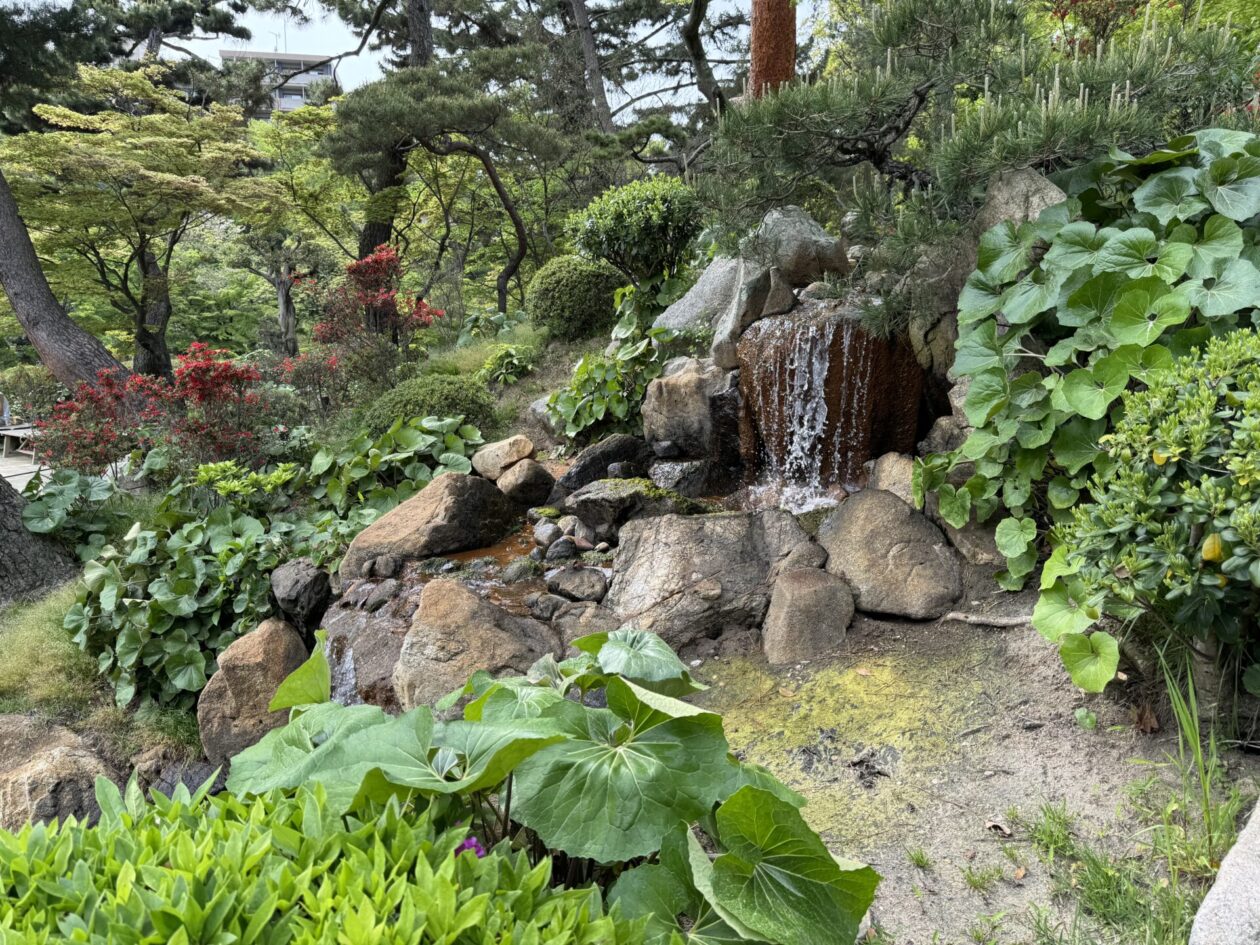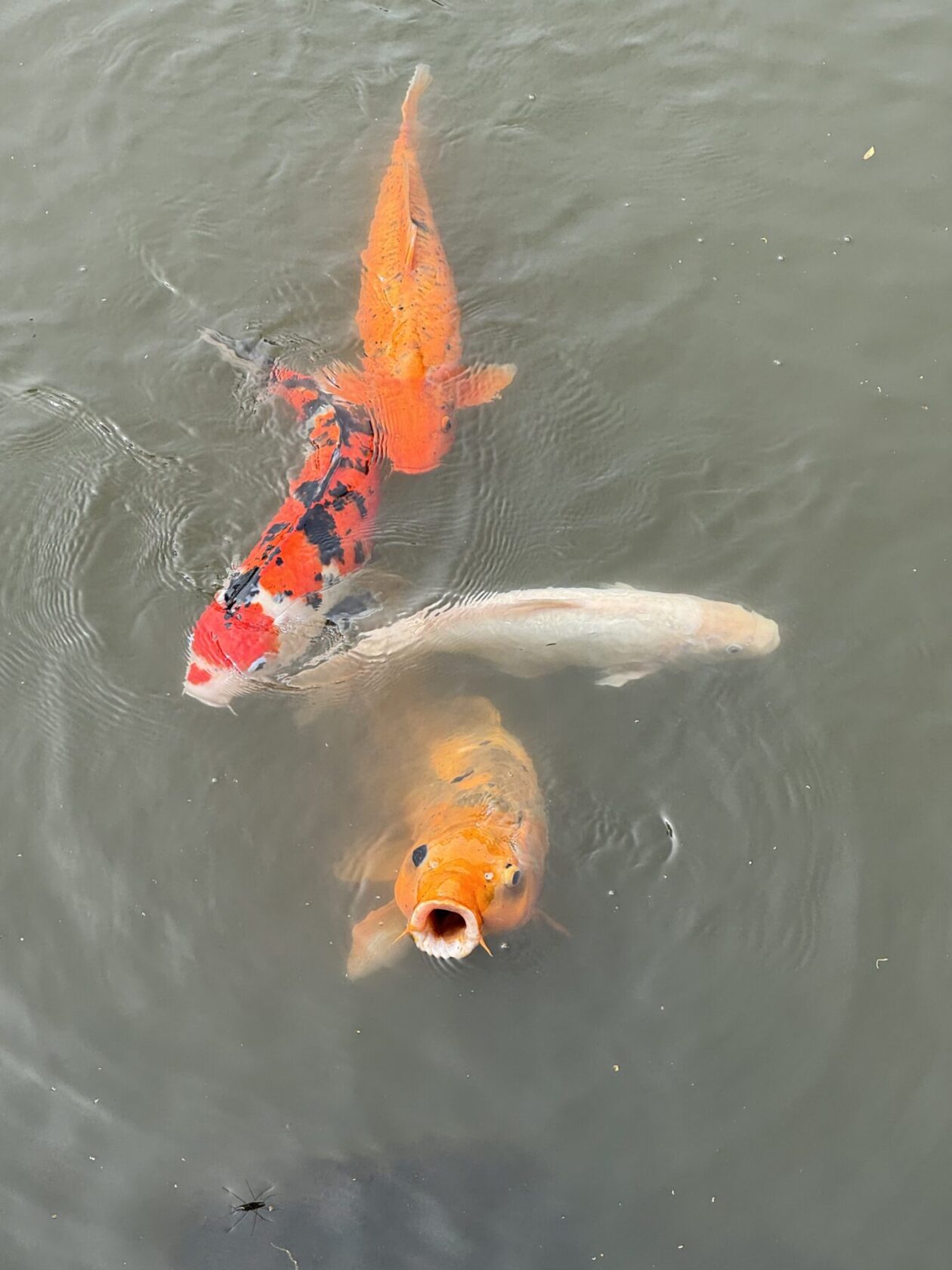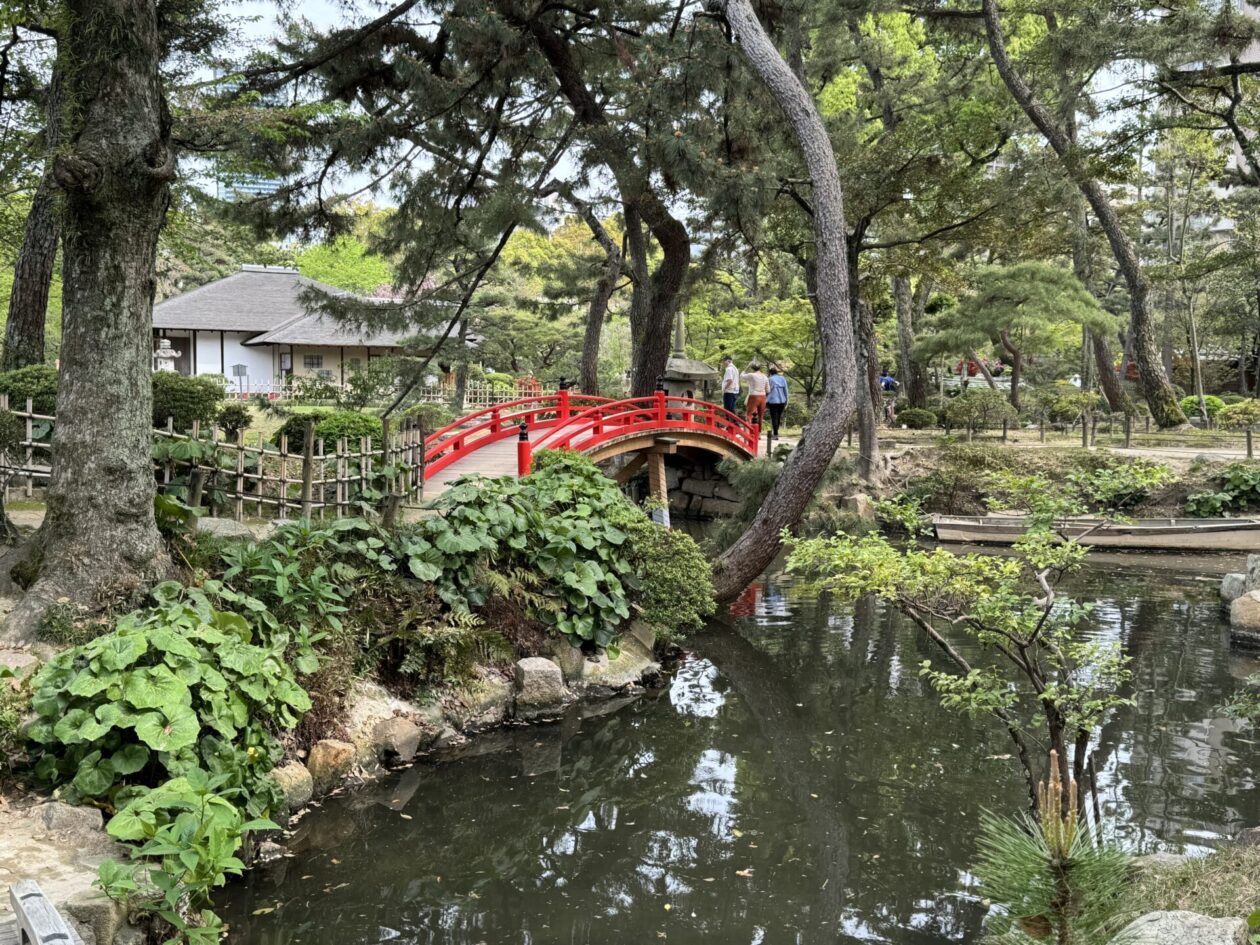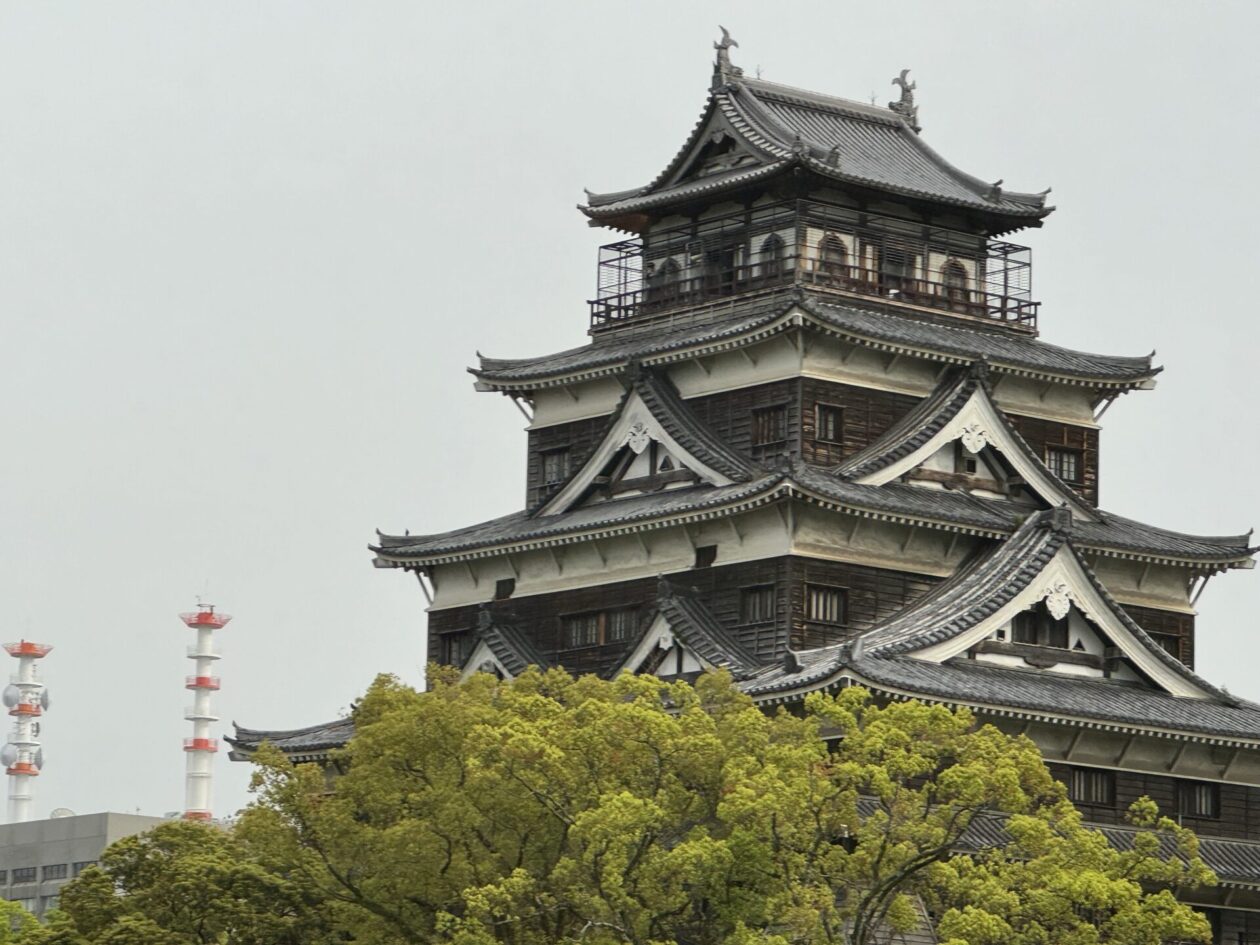- Northern Pacific Wanderings 2024 — here we go!
- Enjoying a few days in Hong Kong
- A day in Kaohsiung and Tainan, Taiwan
- A quick trip to the Penghu Islands
- Two Days in Taipei, Taiwan
- Naha, Okinawa
- Two days in Beijing
- Two days in Incheon and Seoul, South Korea
- Jeju Island, Korea
- Busan, Korea in a day!
- Nagasaki, Japan
- Arita, Japan
- Miyajima and Hiroshima, Japan
- Kyoto’s Bamboo Forest and Rock Garden
- Matsushima, Japan
- Hakadote, Japan
- Kushiro, Japan
- Dutch Harbor….er, Unalaska, Alaska
- Kodiak, AK
- Homer, AK
- Glacier Bay National Park and Preserve, AK
- Sitka, AK
- Klawock and Craig, AK
- A Nanaimo, BC, Canada drive by
- Vancouver BC, end of trip, and final thoughts
We spent the day today in Hiroshima. While the obvious destination here is the Peace Memorial, there is actually much more to see here. We started the day visiting the island of Miyajima (Shrine Island), reportedly the home of the gods. Miyajima is a UNESCO World Heritage Site and one of the most visited tourist destinations in Japan. In order to get there, we had to take a short ferry ride. As we approached, we caught our first glimpse of the Floating Torii (shrine gate). Torii gates are supposed to be gates between the spirit and human world and this over 50 foot high vermilion gate (or its predecessors) has been here since 1168. This is one of the biggest Torii gates in Japan. The current gate dates back to the late 1800s and, thankfully, was open after a recent 3-year restoration effort. It serves as the water entrance to the Itsukushima-jinja, the shrine that has been here since the late 6th century. We worked our way through the shrine amongst the crowds of people that were there. But we also saw a Shinto service in the Marodo Shrine as well as an ancient court dance called bugaku, that is made up of multiple individual dances that were originally performed in Osaka in the 1100s. The beauty of the shrine and the costumes worn by the dancers were remarkable, although I can’t say I was a huge fan of the vocalization made by the dancers. One other thing of note about Miyajima — they have a wandering herd of deer that have a nasty habit of stealing things like papers, tickets, and wallets that become tasty snacks for them. And, as in so many other places, the way out has a whole shopping district to tempt you.
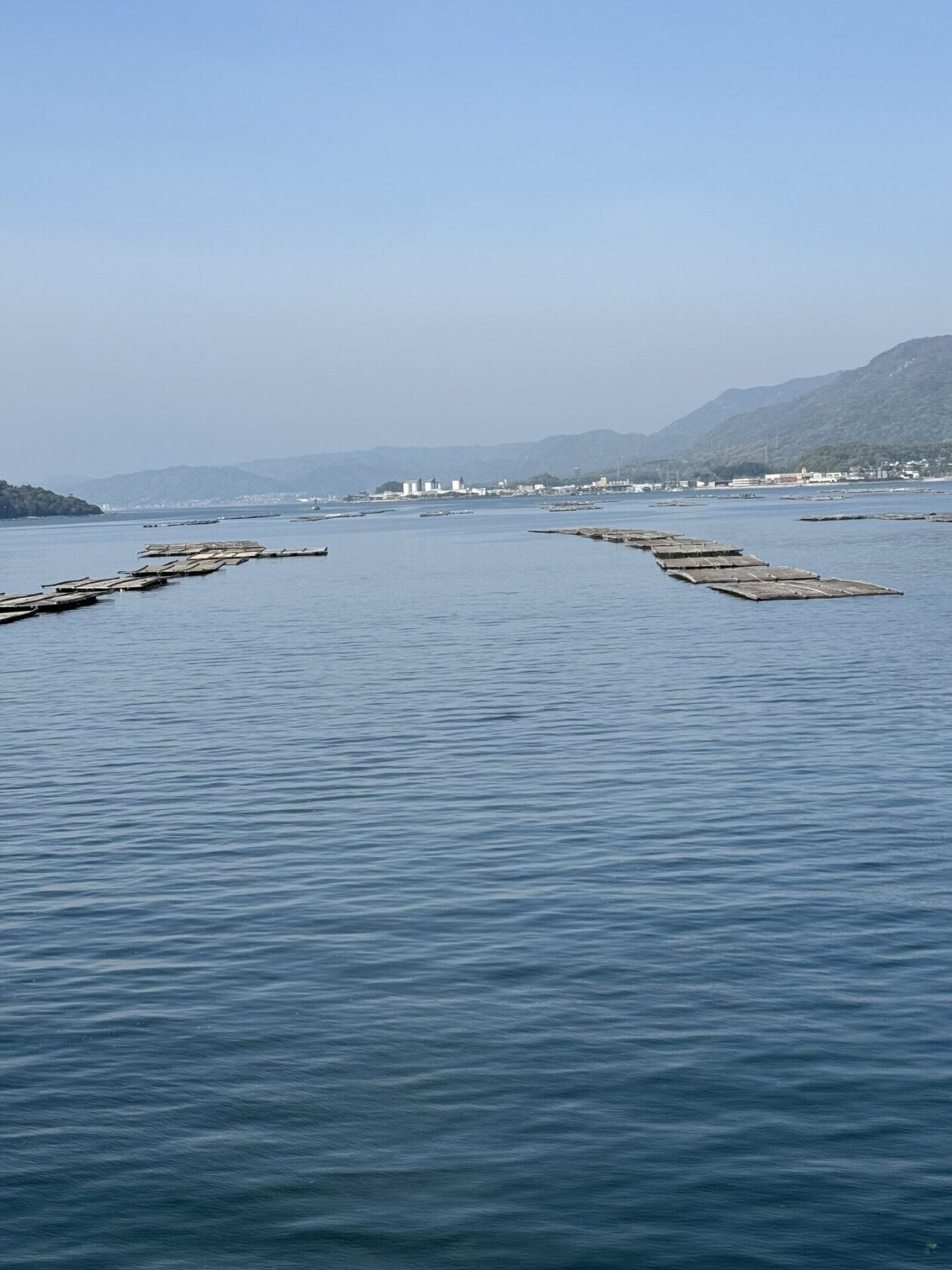
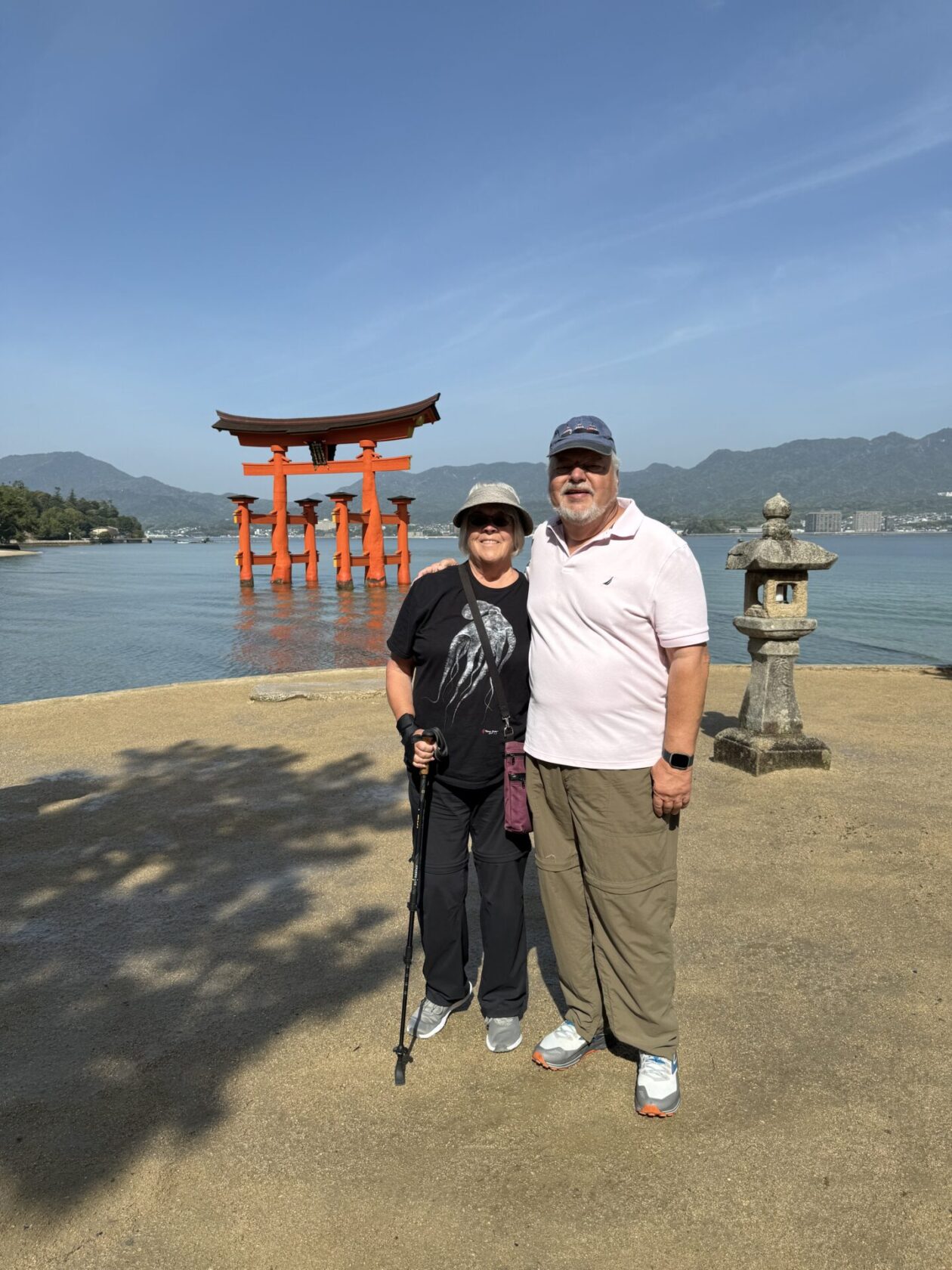
From Miyajima, we stopped off for lunch at a hotel that hosted the 2023 Hiroshima G7 Summit. This time the lunch featured a number of Hiroshima specialties but, as usual, you “can’t tell the players without a program.” It was only a short drive to the Atomic Bomb Dome, which is probably the starkest reminder of the destruction visited upon Hiroshima with the dropping of the first atomic bomb. While Nagasaki tore down most of the remnants of the destroyed buildings, Hiroshima chose to preserve theirs. Our guide made a statement comparing the two targeted cities — “Hiroshima is angry; Nagasaki prays.” In other words, while Nagasaki’s focus has been to look forward and pray for no more wars — much less atomic ones, Hiroshima focuses on the devastation to people, property, culture, etc. The dome as it currently stands was built in 1915 and can be seen in nearly all directions. Our next stop was at the Peace Memorial Park which is a large area that has rivers on both sides and the long Pond of Peace that leads to a curved concrete monument that holds the names of all the known victims of the bomb. Because of the aftereffects of the blast, there are still names that are added each year. There is also the Flame of Peace at the pond that will burn until all the world’s nuclear weapons are destroyed. Down aways stands the Children’s Peace Monument that was inspired by a girl (Sadako Sasaki), who was two at the time of the blast. She developed leukemia at age 11 and decided to fold 1000 cranes (the symbol of longevity and happiness). She died before she could finish the project, but her effort inspired a nationwide effort to fold paper cranes that continues to be done by schoolchildren across the country. The most challenging part to get through is the Peace Memorial Museum. They pull no punches in there and there is a massive collection of items that were salvaged from the blast area as well as a lot of very gruesome photos. Then there are subsequent rooms that do profiles of a number of victims as well has the impact the bomb has had on Hiroshima over the decades. It was tough going to get through there and I didn’t get the same sense of hopefulness for the future as I did in Nagasaki.
After the heavy weight of the Memorial Park area, it was time to change the mood and outlook a bit, so we visited the Shukkeien Garden, originally created in 1620 for a feudal lord who was trying to create a place of beauty and contemplation. The goal in designing this was to collect and miniaturize a number of scenes that could be enjoyed by walking around or in the Tea House during a Tea Ceremony. Of course, the entire garden was destroyed by the atomic bomb in 1945, but the community thought it was sufficiently important to restore. Today it gets over 250,000 visitors a year.
Tomorrow, we will visit Kobe, Japan and points East.
This entry was posted in Cruising, Hiroshima, Japan, Travel